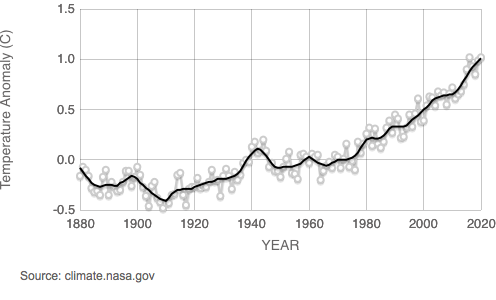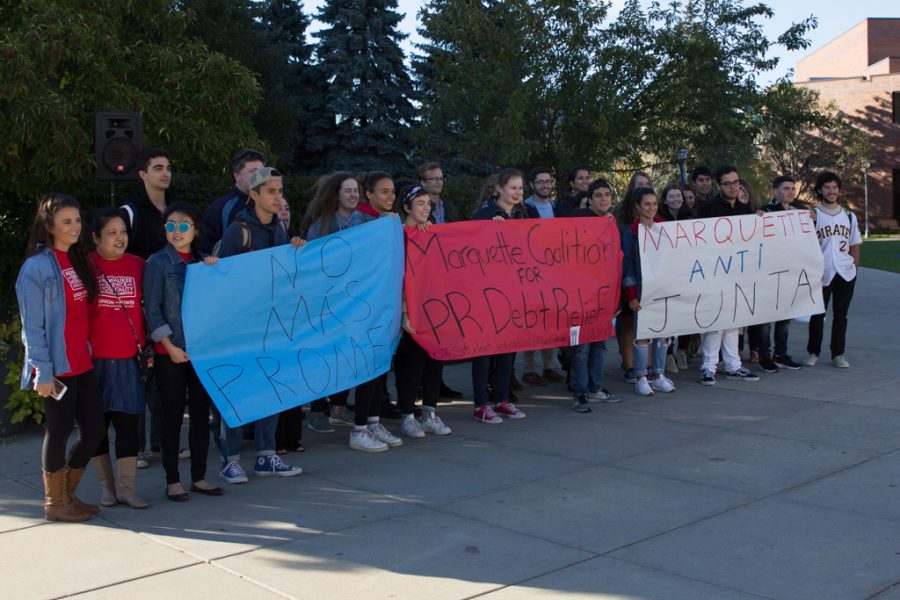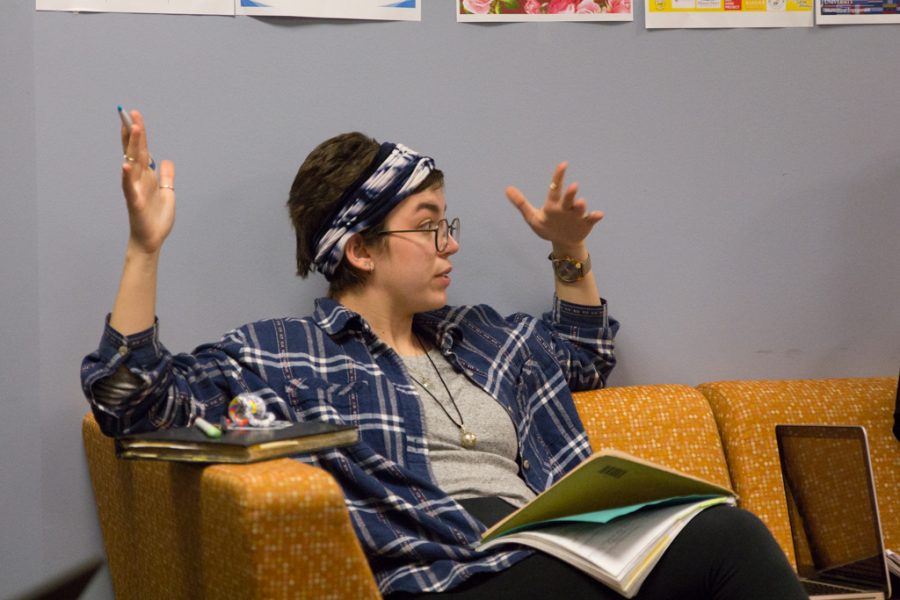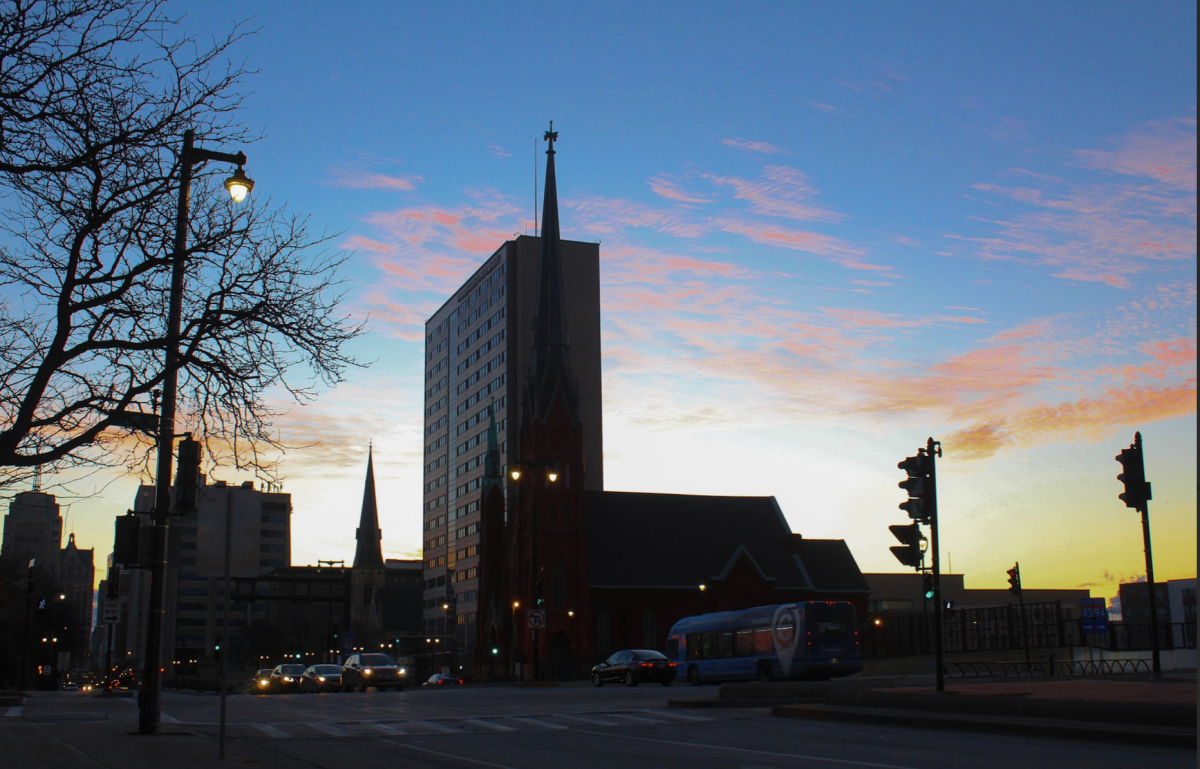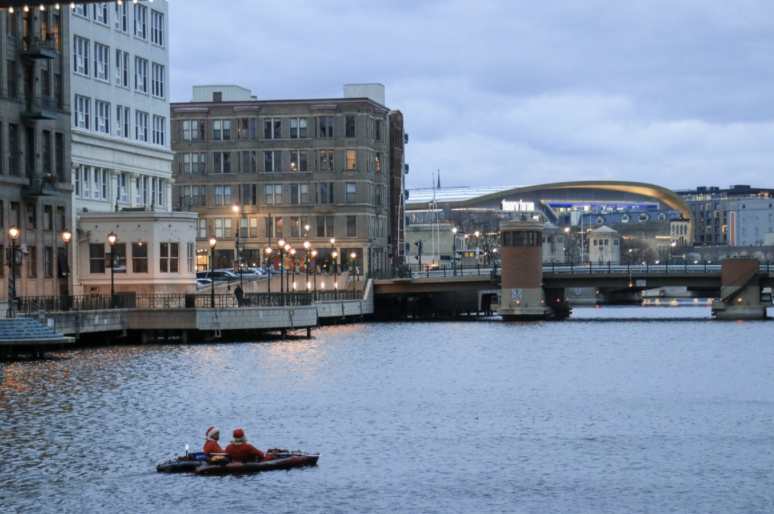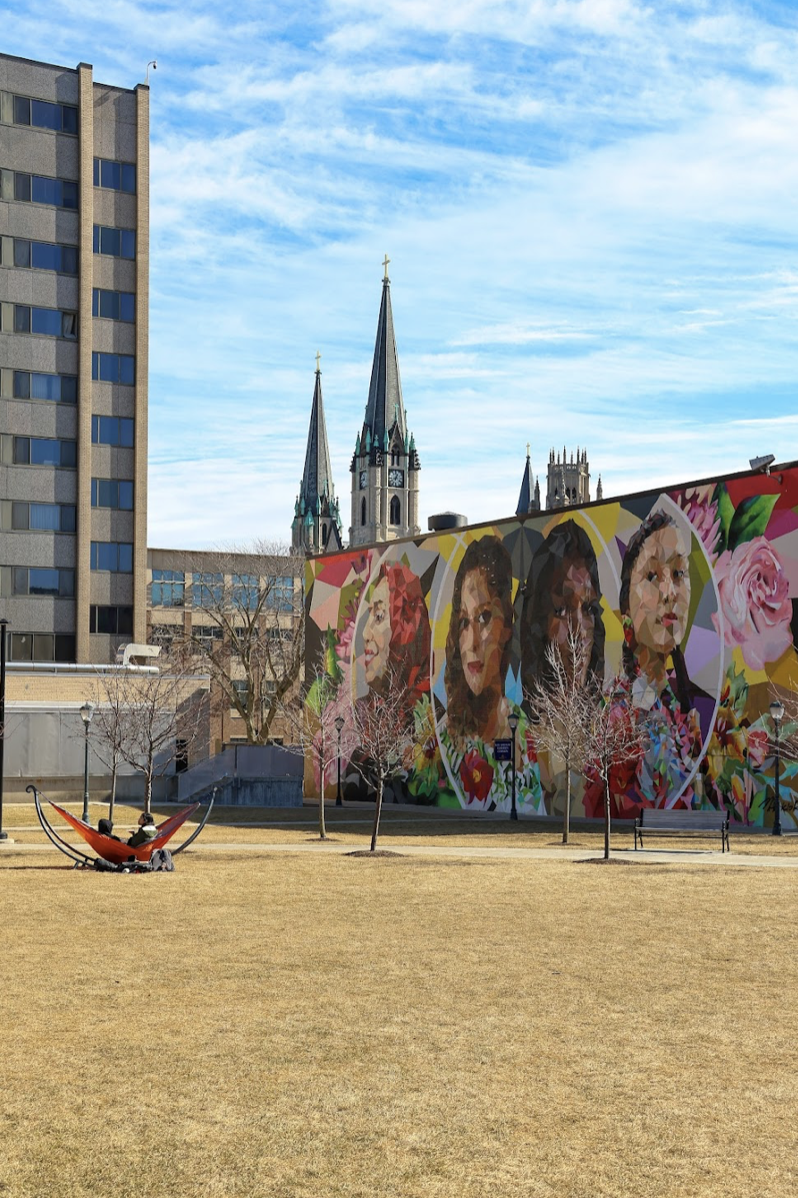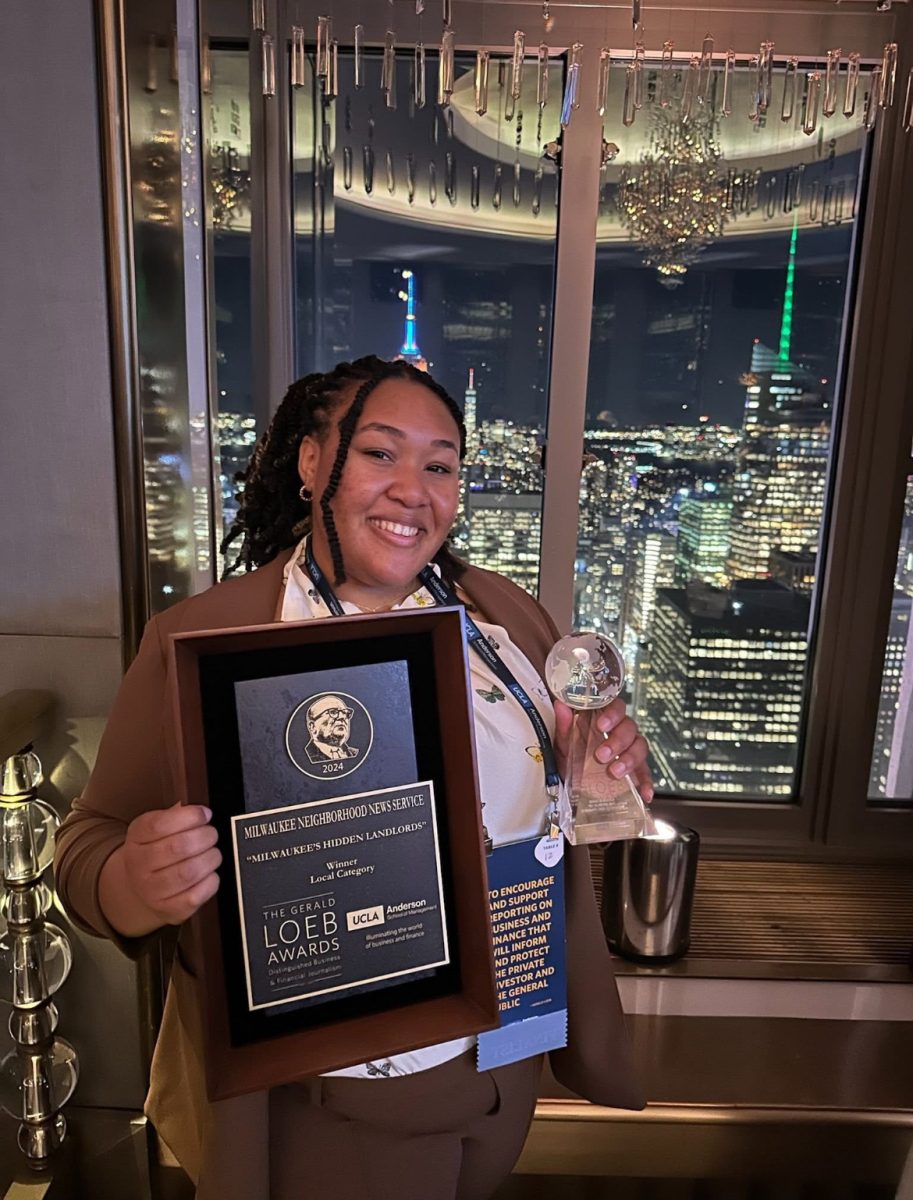When Hurricane María struck Puerto Rico in 2017, I thought I was surely experiencing a once-in-a-lifetime disaster. I was convinced that the storm’s destruction would be cleaned out promptly after, removing any visible reminders of the devastation millions had witnessed once the winds dissipated.
The tropical system left our island searching for its next victim after a short while but did not leave quietly. The island’s power grid was significantly compromised, leaving 3.4 million residents powerless and most without access to other necessities such as water and gasoline.
Many families were forced to split up as environmental and economic strains increasingly gripped residents and incentivized their departure.
As the years went by, many were convinced that the island would be able to move on from this tragedy, using the destruction that the event caused as an opportunity to rebuild and redesign many aspects of Puerto Rico’s electrical grid and infrastructure. Instead, five years of inaction and misallocating government funds were followed by what many might consider both ironic and devastating: Puerto Rico was hit by another hurricane that seriously destabilized the island’s infrastructure once again.
Hurricane Fiona, which hit Puerto Rico in September of last year, was only a Category 1 hurricane as opposed to Hurricane Maria (Category 5.) Its devastating impacts on the island illustrated a huge worry for many: the impacts of natural disasters are increasing due to climate change.
As climate change increases, hurricanes are not occurring in especially fast waves; however, they are becoming increasingly stronger due to rising sea levels, causing bigger storm surges and warmer temperatures intensifying the storms. Additionally, they are also becoming faster.
Earthquakes have also been a big source of worry in recent years as a devastating tremor hit Guanica, a town in the south of Puerto Rico, and left behind a power outage and the collapse of several buildings, including an elementary school in the area. These are not shown to be linked to climate change. Still, the appearance of other natural disasters seriously counteracts the rest of the work being done to mitigate the effects of other natural disasters.
Commonly referred to as a “canary in the coal mine” for climate change, Puerto Rico provides a great example for bigger nations on how climate change could come to affect all citizens in the future. The island’s beaches are slowly shrinking as sea levels rise.
At the same time, droughts have become more and more commonplace, and many of the island’s indigenous species are disappearing due to industrialization and a lack of preservation efforts.
Although many of these issues arise due to a lack of appropriate infrastructure and a governmental disregard for taking climate action, it illustrates several issues that might become more and more apparent as climate change worsens.
Not including Alaska, the United States is warming about two-thirds faster than the rest of the planet. Although this is not surprising due to the amount of industrial development within the country, it presents several issues that could become serious problems for most Americans in the near future.
While droughts, heatwaves, and forest fires become more common in dryer parts of the country, hurricanes continue to intensify and hit the Hurricane Belt, a collection of states that are especially vulnerable to being hit by these disasters.
The Midwest is usually considered largely safe from the current troubles associated with climate change, as temperate weather makes it difficult for many residents to clearly see the effects that the rise in global temperatures is creating.
In Milwaukee, we see the effects of climate affect the occurrence of natural disasters through increased heatwaves, droughts and tornadoes.
Ultimately, the future of our planet depends on our ability to come together and take action on climate change. Whether we live in the Hurricane Belt or the Midwest, we are all vulnerable to the impacts of natural disasters. By working together to reduce our collective carbon footprint and prepare for the worst, we can help ensure a safer and more resilient future for ourselves and future generations.
This story was written by Clara Lebrón. She can be reached at clara.lebron@marquette.edu.


